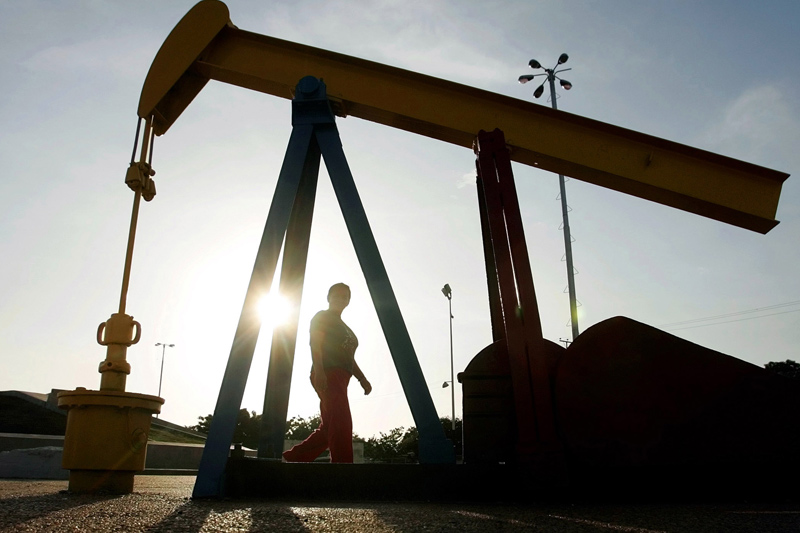Investing.com - Oil prices fell on Friday morning in Asia after U.S. President Donald Trump threatened to impose new tariffs on China, fueling fears of a trade war between the world’s two biggest economies.
Crude Oil WTI Futures for May delivery were trading at $63.20 a barrel in Asia at 11:30PM ET (03:30 GMT), down 0.54%. Brent Oil Futures for June delivery, traded in London, were down 0.44% at $68.03 per barrel.
President Trump said on Thursday he had ordered U.S. trade officials to consider an additional $100 billion in tariffs on China, escalating tensions with China, which has increased tariffs by up to 25% on 128 U.S. products.
China is also taking its first steps towards paying for imported crude oil in yuan instead of the U.S. dollar. A pilot program for yuan payment could be launched as early as the second half of this year.
As the biggest importer of crude oil and the world’s largest energy consumer, China’s oil demand is a key determinant of global oil prices.
Trading for the Shanghai Crude Oil WTI Futures for were untraded due to public holidays in China. Trading will resume on Monday.
The yuan-denominated oil futures are expected to give China more power in pricing crude sold to Asia.
Despite the brewing trade war between the U.S. and China, steep falls in oil prices are not expected due to signs of tightening supplies.
The Energy Information Administration (EIA) reported a 4.6 million-barrel draw in U.S. crude inventories last week, compared with expectations for an increase of 246,000 barrels.
Meanwhile, Saudi Arabia said on Thursday it would raise its official selling price for May crude sold to Asia, suggesting that the kingdom is not looking to remove production curbs anytime soon.
The Organization of the Petroleum Exporting Countries (OPEC) and some non-OPEC producers including Russia are committed to cutting output by around 1.8 million barrels per day through the end of 2018 in an effort to reduce the global oil oversupply and support prices.
Saudi Arabia, the de facto leader of OPEC, has said production cuts should be extended.
